Information Technology Reference
In-Depth Information
(a)
(b)
(c)
(d)
(e)
(f)
Fig. 17
Comparison of real frames and their texture-maps for the slow walking sequence: (a)
The actual frame 55. (b) The texture map of frame 55 created by rendering. (c) Subtraction
of (a) and (b). (d) The actual frame 65. (e) The texture map of frame 65 created by rendering.
(f) Subtraction of (d) and (e). For better visibility, the brightness/contrast of (c) and (f) has
been increased.
(a) 1st frame
(b) 20th frame
(c) 50th frame
Fig. 18
Video sequence of “two pedestrians" with the feature points superimposed
summarizes a performance comparison between the STK- and gait-based frame-
works in tracking the sequence of Fig. 13 using a Pentium II-300 MMX PC. As the
sampling rate is decreased, the processing time is reduced in an inverse relationship
in both cases as there is simply less processing, but the gait-based approach is sig-
nificantly quicker. Compared to the STK-based approach using a fixed number of
pyramid levels, the gait-based method localizes the search better and hence reduces
the time taken to find a match. In Fig. 16 (b), the STK-based strategy loses pro-
gressively more feature points, and the difference between that and the gait-based
prediction is understandably greater as the sampling rate decreases. The prediction
that includes the motion model is more robust. To some extent, the data flatters the
STK algorithm, first because some of the features lost in each case occur simply
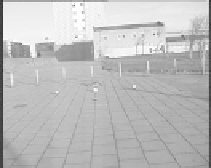
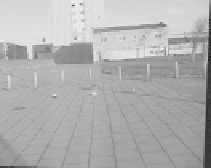

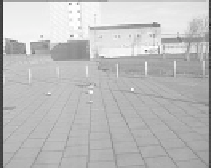
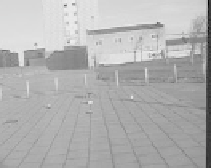
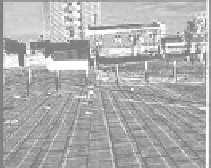




Search WWH ::

Custom Search